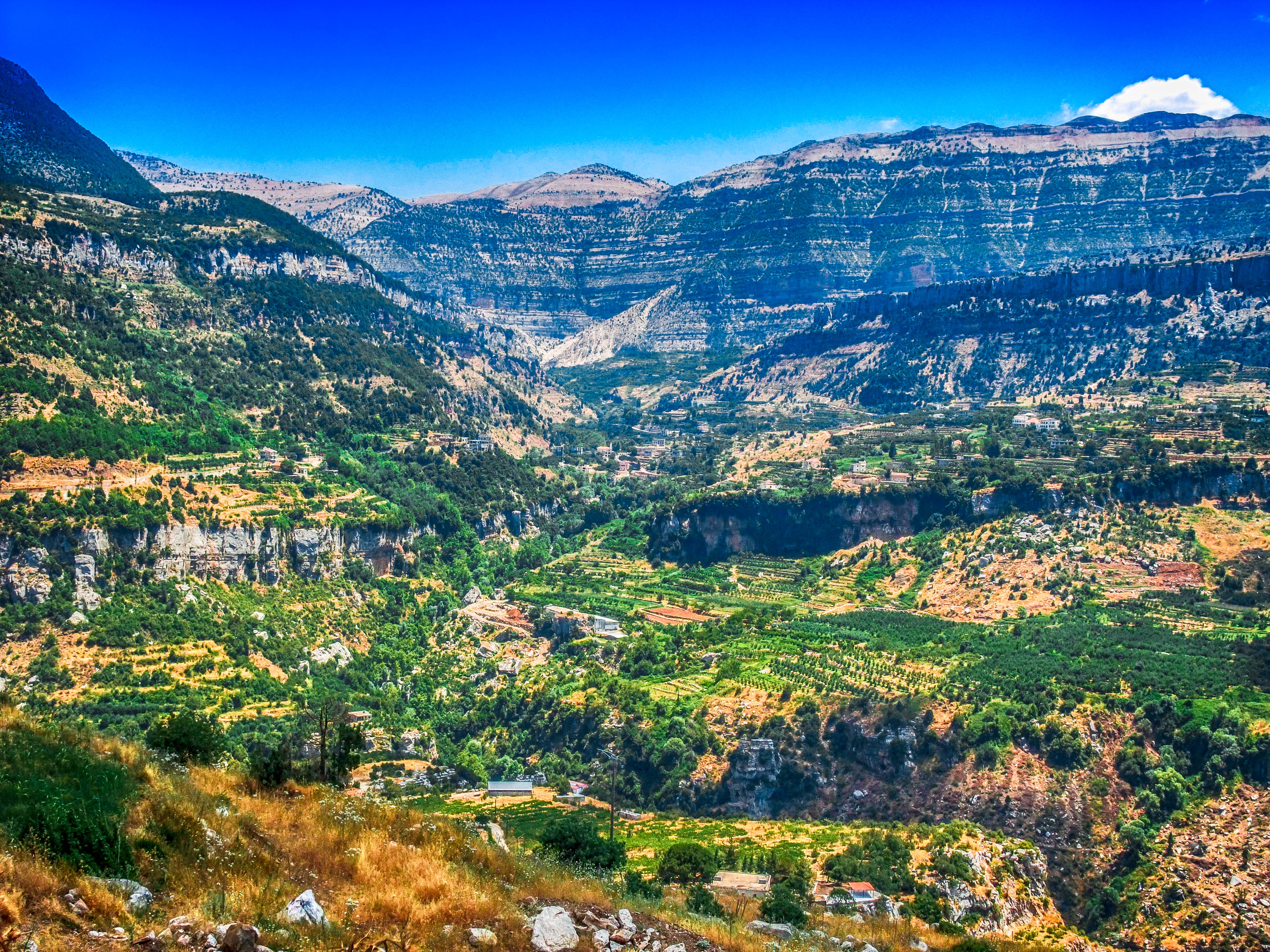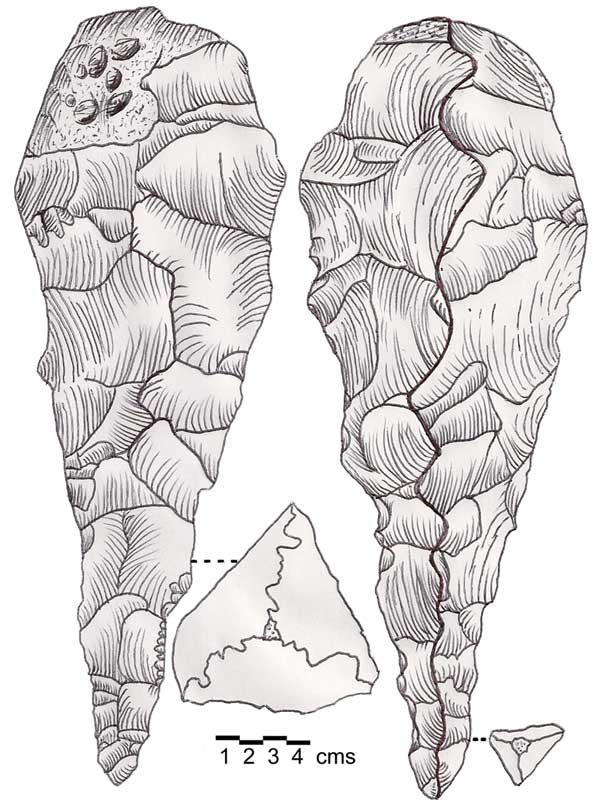|
Districts Of Lebanon
The nine governorates of Lebanon are subdivided into 25 districts (''Aqdya'', singular''qadaa''). Beirut Governorate is not subdivided into districts, and Akkar Governorate comprises a single district. The districts are further divided into municipalities. List of districts Capitals (مراكز) of the governorates and districts are indicated in parentheses. #Akkar Governorate ( Halba) #*Akkar ( Halba) #Baalbek-Hermel Governorate ( Baalbek) #* Baalbek ( Baalbek) #*Hermel (Hermel) # Beirut Governorate (Beirut) #Beqaa Governorate (Zahlé) #*Rashaya (Rashaya) #* Western Beqaa (Joub Jannine - winter Saghbine - summer) #* Zahle (Zahlé) # Mount Lebanon Governorate (Baabda) #*Byblos (Byblos) #* Keserwan ( Jounieh) #*Aley (Aley) #*Baabda (Baabda) #*Chouf (Beiteddine) #*Matn/Metn (Jdeideh) #Nabatieh Governorate (Nabatieh) #*Bint Jbeil (Bint Jbeil) #*Hasbaya (Hasbaya) #*Marjeyoun (Marjeyoun) #*Nabatieh (Nabatieh) # North Governorate (Tripoli) #*Batroun (Batroun) #*Bsharri (Bsharri) #* ... [...More Info...] [...Related Items...] OR: [Wikipedia] [Google] [Baidu] |
Governorates Of Lebanon
Lebanon is divided into nine governorates (''muhafazah''). Each governorate is headed by a governor (''muhafiz''): All of the governorates except for Beirut and Akkar are divided into districts, which are further subdivided into municipalities. The newest governorate is Keserwan-Jbeil, which was gazetted on 7 September 2017 but whose first governor, Pauline Deeb, was not appointed until 2020. Implementation of the next most recently created governorates, Akkar and Baalbek-Hermel, also remains ongoing since the appointment of their first governors in 2014. See also * Politics of Lebanon References External links Lebanon 1 Governorates, Lebanon Governorates A governorate is an administrative division of a state. It is headed by a governor. As English-speaking nations tend to call regions administered by governors either states or provinces, the term ''governorate'' is often used in translation from ... Subdivisions of Lebanon {{Lebanon-geo-stub ... [...More Info...] [...Related Items...] OR: [Wikipedia] [Google] [Baidu] |
Zahlé
Zahlé ( ar, زَحْلة) is the capital and the largest city of Beqaa Governorate, Lebanon. With around 150,000 inhabitants, it is the third-largest city in Lebanon after Beirut and Tripoli and the fourth largest taking the whole urban area (the Jounieh urban area is larger). Zahlé is located east of the capital Beirut, close to the Beirut-Damascus road, and lies at the junction of the Lebanon mountains and the Beqaa plateau, at a mean elevation of 1,000 m. Zahlé is known as the "Bride of the Beqaa" and "the Neighbor of the Gorge" for its geographical location and attractiveness, but also as "the City of Wine and Poetry". It is famous throughout Lebanon and the region for its pleasant climate, numerous riverside restaurants and quality arak. Its inhabitants are predominantly Melkite Greek Catholic and are known in Arabic as ''Zahlawi''. Etymology The occasional landslides that take place on deforested hills around the town are probably at the origin of the name. His ... [...More Info...] [...Related Items...] OR: [Wikipedia] [Google] [Baidu] |
Aley District
Aley ( ar, عاليه) is a district (''qadaa'') in Mount Lebanon, Lebanon, to the south-east of the Lebanon's capital Beirut. The capital is Aley. Aley city was previously known as the "bride of the summers" during the 1960 and 1970s, when Aley and neighboring Bhamdoune were attractive tourist locations for Lebanese emigres and local Lebanese The district elects 5 members of parliament, of which 3 are Christians (1 Orthodox and 2 Maronite) and 2 are Druze. During the 1975-1990 Civil War in Lebanon, Aley witnessed several battles around its environs. Cities *Abey *Aghmide Aïn-Dara *Aïn-El-Jdeidé *Aïn-Enoub *Aïn-Rommané *Aïn Drafile *Aïn El-Halzoune *Aïn Ksour *Ain Saideh *Aïn Sofar *Aïn Traz *Aïnab *Aïtate *Aley *Aramoun *Baïssour *Baouarta *Bchamoune *Bdédoune *Bedghane *Bhouara *Bisrine *Bkhichtay *Bleibel *Bmakkine *Bmehraï *Bouzridé *Bsous *Btallaoun *Btater *Bteezanieh *Chamlane *Chanay *Charoun *Chartoun *Chouaifat Amroussyat *Chouaifat Oumara *Cho ... [...More Info...] [...Related Items...] OR: [Wikipedia] [Google] [Baidu] |
Jounieh
Jounieh ( ar, جونيه, or ''Juniya'', ) is a coastal city in Keserwan District, about north of Beirut, Lebanon. Since 2017, it has been the capital of Keserwan-Jbeil Governorate. Jounieh is known for its seaside resorts and bustling nightlife, as well as its old stone souk, ferry port, paragliding site and gondola lift (''le téléphérique''), which takes passengers up the mountain to the shrine of Our Lady of Lebanon in Harissa. Above Jounieh, and on the way to Harissa, a small hill named Bkerké ( ar, بكركي, links=no, or ''Bkerki''), overlooking the Jounieh bay, is the seat of the Patriarch of the Maronite Catholic Church of Lebanon. Residents of Jounieh and the surrounding towns are overwhelmingly Maronite Catholics. Maameltein is a district of the city. History The medieval Muslim historian al-Idrisi (d. 1165) notes that Jounieh was a sea fortress whose inhabitants were Jacobite Christians. The Syrian geographer Yaqut al-Hamawi (d. 1226) called it a dependen ... [...More Info...] [...Related Items...] OR: [Wikipedia] [Google] [Baidu] |
Keserwan District
Keserwan District ( ar, قضاء كسروان, transliteration: ''Qaḍā' Kisrawān'') is a district (''qadaa'') in Keserwan-Jbeil Governorate, Lebanon, to the northeast of Lebanon's capital Beirut. The capital, Jounieh, is overwhelmingly Maronite Christian. The area is home to the Jabal Moussa Biosphere Reserve. Etymology The name of Keserwan is most probably that of a Persian clan named the Kesra, who were early Persian settlers of the region. Kesra (Arabicized version of Khosro) has always been a common Persian name. Keserwan is its plural form. Demographics According to voter registration data, the population is overwhelmingly Christian–the highest percentage-wise in the nation–with 97.95% of voters being Christian.https://elections.lebanese-forces.com/wp-content/uploads/2018/02/KESERWAN-JBEIL-1.pdf Of those, Maronites are the predominant denomination, comprising 92.16% of all voters in the district. The remaining Christians are Greek Melkite Catholics (2.14%), "minorit ... [...More Info...] [...Related Items...] OR: [Wikipedia] [Google] [Baidu] |
Byblos
Byblos ( ; gr, Βύβλος), also known as Jbeil or Jubayl ( ar, جُبَيْل, Jubayl, locally ; phn, 𐤂𐤁𐤋, , probably ), is a city in the Keserwan-Jbeil Governorate of Lebanon. It is believed to have been first occupied between 8800 and 7000BC and continuously inhabited since 5000BC, making it one of the oldest continuously inhabited cities in the world. During its history, Byblos was part of numerous civilizations, including Egyptian, Phoenician, Assyrian, Persian, Hellenistic, Roman, Fatimid, Genoese, Mamluk and Ottoman. The city is a UNESCO World Heritage Site. It was in ancient Byblos that the Phoenician alphabet, likely the ancestor of the Greek, Latin and all other Western alphabets, was developed. Etymology Byblos appears as ''Kebny'' in Egyptian hieroglyphic records going back to the 4th-dynasty pharaoh Sneferu (BC) and as () in the Akkadian cuneiform Amarna letters to the 18th-dynasty pharaohs and IV. In the 1stmillenniumBC, its name appeared ... [...More Info...] [...Related Items...] OR: [Wikipedia] [Google] [Baidu] |
Byblos District
Byblos District ( ar, قضاء جبيل; transliteration: ''Qadaa' Jbeil''), also called the Jbeil District (''Jbeil'' is Lebanese Arabic for "Byblos"; standard Arabic ''Jubail''), is a district (''qadaa'') of the Keserwan-Jbeil Governorate of Lebanon. It is located to the northeast of Lebanon's capital Beirut. The capital is Byblos. The rivers of al-Madfoun and Nahr Ibrahim form the district's natural northern and southern borders respectively, with the Mediterranean Sea bordering it from the west and Mount Lebanon from the east, separating it from the adjacent district of Baalbek in the Beqaa Valley. Demographics The district's population is predominantly Maronite Catholic, followed by a Shia Muslim minority community. The largest towns of the district are predominantly inhabited by Maronites; they are Byblos, Qartaba, Aqoura and Amsheet. Most Shia Muslims live in the valley of the Ibrahim River, particularly in the villages of Almat, Ras Osta, Hjoula, Bichtlida, Lassa, and ... [...More Info...] [...Related Items...] OR: [Wikipedia] [Google] [Baidu] |
Baabda
Baabda ( ar, بعبدا) is the capital city of Baabda District as well as the capital of Mount Lebanon Governorate, western Lebanon. Baabda was the capital city of the autonomous Ottoman Mount Lebanon. Baabda is known for the Ottoman Castle (the serail) and it has many embassies (Italian, Japanese, Jordanian, Polish, Ukrainian, Romanian, Indonesian, Spanish ... ), the Ministry of Defense and many important organization and administrative centres in Lebanon. Baabda Palace, residence of the President of Lebanon is also located in Baabda. The palace was built in 1956 on a hill in the mountain town of Baabda overlooking the Lebanese capital, Beirut. The first President to reside in it was President Charles Helou (25 September 1913 – 7 January 2001) During his two years, 1988 to 1990, as Lebanon's interim Prime Minister, Michel Aoun took up residence in the Baabda Palace surrounded by those troops from the Lebanese army who had remained loyal to him. Also in Baabda, Dany Chamo ... [...More Info...] [...Related Items...] OR: [Wikipedia] [Google] [Baidu] |
Mount Lebanon Governorate
french: Gouvernorat du Mont-Liban , native_name_lang = , image_map = Administrative divisions of Lebanon 2017-08 (Numbered).png , map_caption = The governorates of Lebanon, including Mount Lebanon (in pink, labelled 6) , coordinates = , subdivision_type = Country , subdivision_name = Lebanon , seat_type = Capital , seat = Baabda , government_footnotes = , leader_party = , leader_title = Governor , leader_name = Charbel Tabet , area_footnotes = , area_total_km2 = 1238 , population_footnotes = , population_est = 1520016 , pop_est_as_of = 31 December 2017 , population_density_km2 = auto , timezone1 = EET , utc_offset1 = +2 , timezone1_DST = EEST , utc_offset1_DST = +3 , website = Mount Lebanon Governorate ( ar, محافظة جبل ... [...More Info...] [...Related Items...] OR: [Wikipedia] [Google] [Baidu] |
Saghbine
Saghbine ( ar, صغبين), is a village located in the Western Beqaa District of the Beqaa Governorate in Lebanon. History In 1838, Eli Smith noted it as Sughbin''; a Maronite and Catholic The Catholic Church, also known as the Roman Catholic Church, is the largest Christian church, with 1.3 billion baptized Catholics worldwide . It is among the world's oldest and largest international institutions, and has played a ... village on the West side of the Beqaa Valley, listed after Machghara.Robinson and Smith, 1841, vol 3, 2nd appendix, p141/ref> The origin of the name “Saghbine” is commonly related to the hardness and stubbornness of its men. However, Moufarrej, in the Lebanese Encyclopedia, states that origin of the name Saghbine is Aramaic and refers to the “rugged mountain trails”. Location Saghbine town is located on the eastern slope of Western Lebanese Mountains, at the foot of Mount Niha, by the Litani River in the heart of West Bekaa. Re ... [...More Info...] [...Related Items...] OR: [Wikipedia] [Google] [Baidu] |
Joub Jannine
Joub Jannine ( / ALA-LC: ''Jub Jannīn'') is located in the Beqaa Valley in Lebanon. Joub Jannine is the capital of West Beqaa. It is a town and the center of the Western Beqaa District, hosting the Grand Serail, Serail, which is a main governmental building serving the area. Joub Jannine is the largest and most populated town in its district with a population of 14,728. All major banks exist in Joub Jannine as well as a trades college, Amusement Park, indoor/outdoor soccer arena, basketball court and the weekly Souk which takes place every Saturday and is a local produce market. Joub Jannine is surrounded by a number of villages. To the south there is the village of Lala, Ghazze to the north, Kamid al lawz to the east, and Kefraya, known for its Grape, wine grape vineyards, to the west. History In 1838, Eli Smith noted ''Jubb Jenin'' as a Sunni Muslim village in the Beqaa Valley. Archaeological sites Joub Jannine I is a small surface site brought to the surface through erosio ... [...More Info...] [...Related Items...] OR: [Wikipedia] [Google] [Baidu] |
.png)






